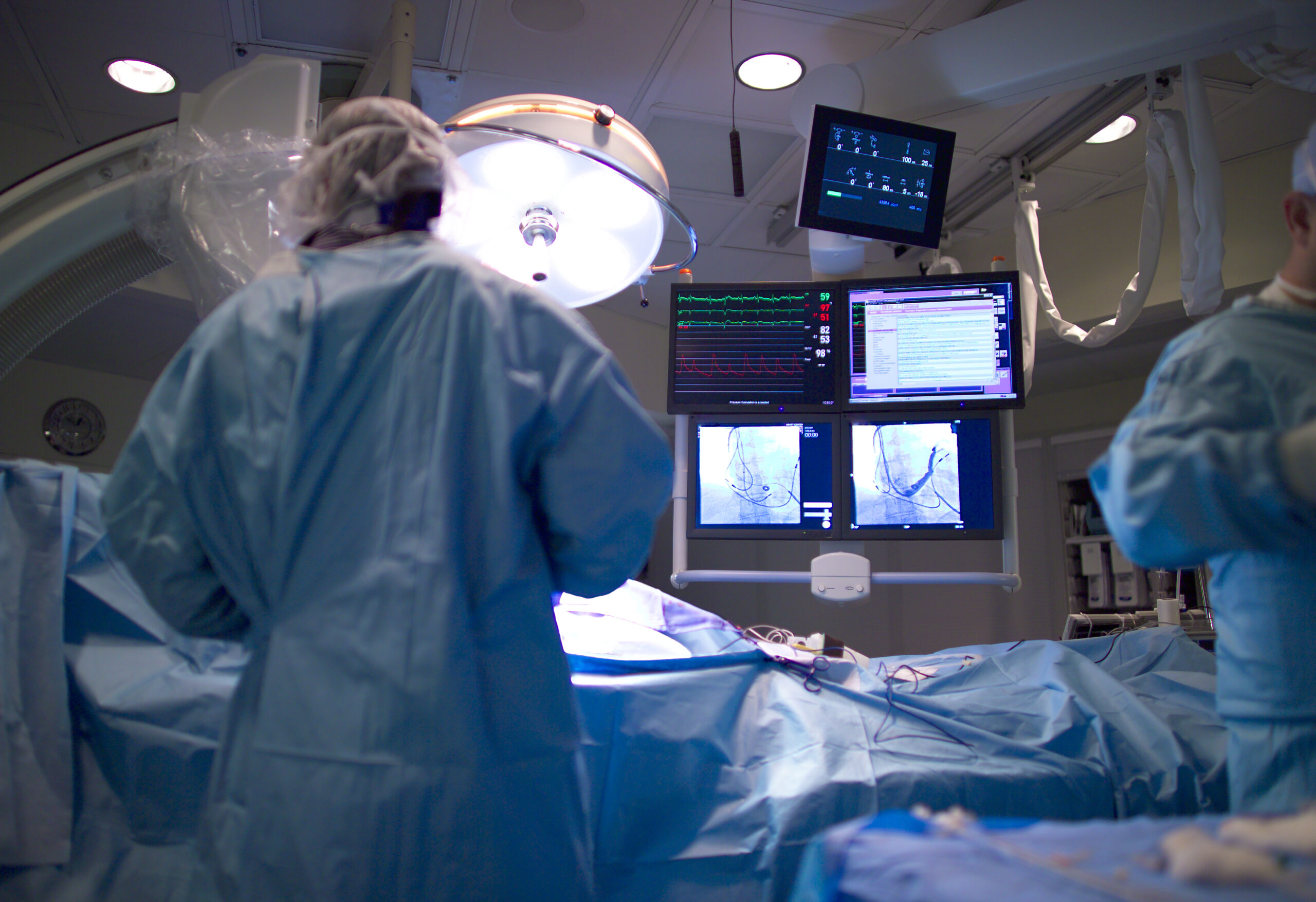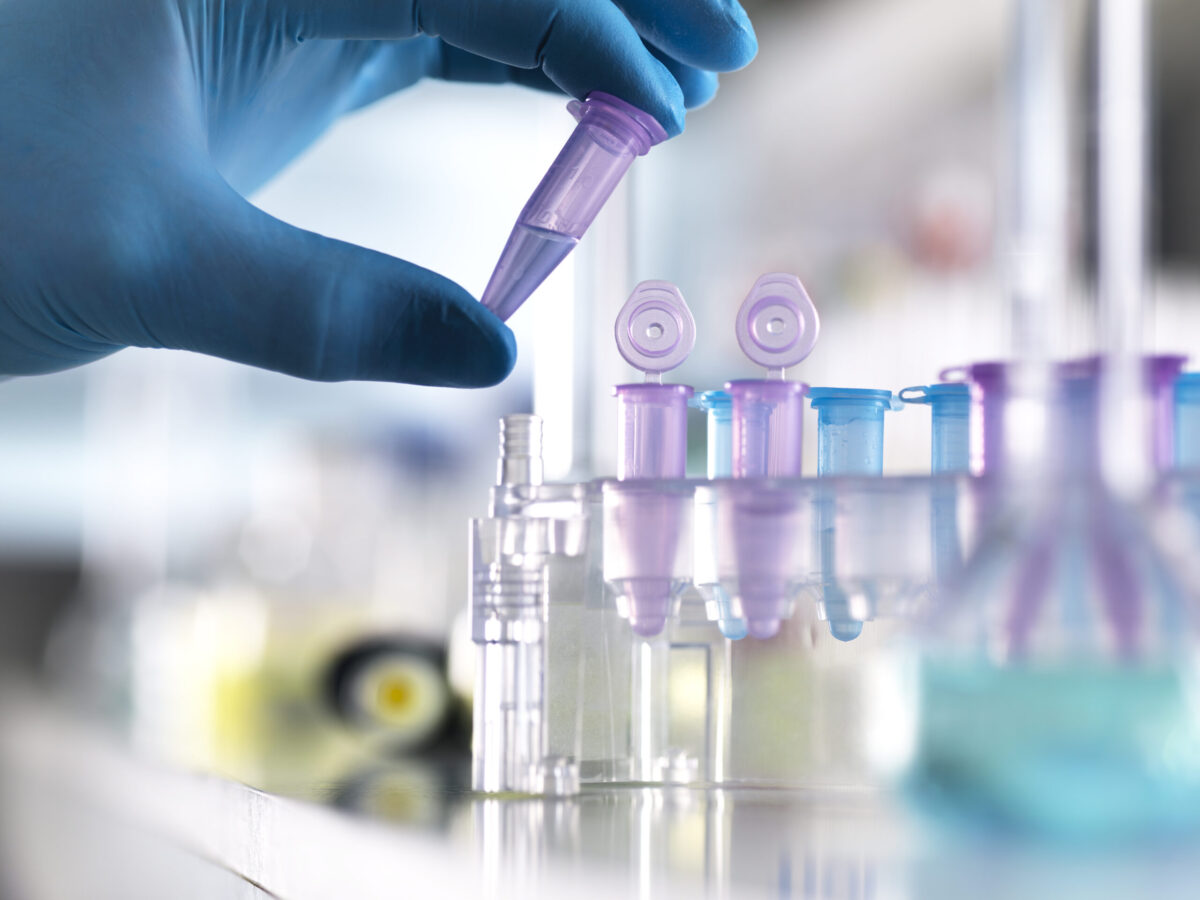Approaches to help better understand the complexities of brain function are key to advancing the development of novel treatments for Alzheimer’s disease.
In recent years, researchers have increasingly recognized the value of biomarkers in Alzheimer’s disease in several areas, including offering biological insights into the disease’s pathophysiology, developing diagnostic tools for earlier disease detection, monitoring disease progression and evaluating the efficacy of new treatments.
The use of EEG (electroencephalography) biomarkers in Alzheimer’s disease represents a promising approach to understanding the underlying neurophysiological changes associated with the condition.
In this Xtalks Spotlight interview, CJ Barnum, PhD, Vice President of CNS Development at INmune Bio, and Brian Murphy, PhD, Co-Founder and Chief Scientific Officer of Cumulus Neuroscience, discuss the significance of EEG biomarkers and their implications in Alzheimer’s research.

VP of CNS Development
INmune Bio

Co-Founder and CSO
Cumulus Neuroscience
They also share results from a recent pilot study that used the Cumulus Neuroassessment Platform, which demonstrated the potential of EEG biomarkers in furthering our understanding and treatment of Alzheimer’s disease.
RELATED ON-DEMAND XTALKS WEBINAR: Leveraging Digital Biomarkers to Generate Real-World Physiological and Behavioral Data in CNS Clinical Studies
Register for this free webinar to learn about an AI-based, multi-domain digital biomarker platform designed to provide objective, diverse and home-based patient data collection in CNS clinical trials. Find out how the platform, which includes EEG technology and ML analytics, can enhance the development of therapies for conditions like Alzheimer’s, depression and schizophrenia, and help accelerate diagnosis and management of CNS disorders.
Understanding EEG Biomarkers: Alpha Power and Neural Connectivity
EEG is the gold standard for measuring brain activity, directly recording communication between neurons. Alpha wave frequency and power are key metrics of the brain’s functional connectivity. In healthy individuals, alpha (between approximately 8 and 12 Hz) is the strongest natural oscillation, indicating coordinated activity across brain areas, reflecting the capacity for efficient cognitive processing.
As people age, there are gradual declines in alpha power and alpha frequency. In Alzheimer’s disease, alpha is severely disrupted as neuron death leads to “disconnection” of brain networks. Therefore, “any increase or improvement in alpha power frequency is indicative of improved connectivity, brain function and cognition,” says Dr. Murphy.
“It’s one thing to look at how proteins are changing in the brain and even how the structure is changing. It’s another thing altogether to look and see how the brain is actually behaving and changing. The Cumulus Neuroassessment Platform is a unique platform to do that,” says Dr. Barnum.
EEG in Alzheimer’s Research: The Cumulus Neuroassessment Platform
INmune Bio and Cumulus Neuroscience are engaged in a collaborative effort to leverage EEG as a functional biomarker in Alzheimer’s research.
Traditionally, cognitive assessments and amyloid biomarkers have dominated clinical studies. However, EEG offers a unique advantage by directly assessing brain function, providing insights into both acute and long-term treatment effects. EEG biomarkers hold the potential to offer a more nuanced understanding of disease progression and treatment efficacy, revealing whether biological changes are resulting in improved brain function.
The Cumulus Neuroassessment Platform is designed to collect EEG data via a US Food and Drug Administration (FDA) 510(k) cleared and UK Conformity Assessment (UKCA)-marked dry sensor EEG headset. The headset is synchronized with digital cognitive tasks that can be used in-clinic or at home to enable decentralized and hybrid trial designs and the collection of longitudinal real-world data.
“It’s one thing to look at how proteins are changing in the brain and even how the structure is changing. It’s another thing altogether to look and see how the brain is actually behaving and changing. The Cumulus Neuroassessment Platform is a unique platform to do that,” says Dr. Barnum.
Pilot Study Findings
INmune Bio recently shared data from a pilot study that yielded promising results.
“Combined in-clinic and at-home recordings using the same setup and tools, which patients could become familiar and comfortable with and then use in different contexts, made both acute and long-term testing achievable,” explains Dr. Murphy.
One of the primary goals of the study was to evaluate whether patients, who often have caregivers that may be a spouse who is also older in age, could use the platform to complete cognitive assessments and provide quality data from a remote setting. The assessment used in the study aimed to evaluate whether INmune Bio’s novel drug candidate had a persistent and consistent effect that would change brain function and result in a therapeutic benefit with improvement in symptoms for the patient.
In addition to validating that it is feasible for patients living with dementia to use the platform to collect quality data, the study demonstrated significant improvements in alpha wave frequency and power among Alzheimer’s patients following treatment within four weeks.
“We did a small study prior to this that was quite compelling, but it only had three patients. The idea was to build on that and verify whether we could do this. Quite honestly, my expectations were fairly low. So, to see changes within four weeks is really quite amazing,” says Dr. Barnum.
The ability of the Cumulus platform to assess brain function longitudinally with EEG makes the pilot study findings particularly noteworthy for INmune Bio’s novel treatment strategy. Dr. Murphy says INmune Bio’s “study design was interesting from our view as well, because it allowed us, together with CJ and the other folks at INmune, to look at both the immediate or acute effects of a drug as well as effects that accumulated over time that resulted in organizational change, which is what we’re really interested in.”
“Combined in-clinic and at-home recordings using the same setup and tools, which patients could become familiar and comfortable with and then use in different contexts, made both acute and long-term testing achievable,” explains Dr. Murphy.
The results underscore the potential of EEG biomarkers in elucidating therapeutic effects on brain function, particularly in advanced disease stages.
Moving Beyond Symptomatic Treatment
The distinction between symptomatic treatment and disease modification is essential, explains Dr. Barnum.
While symptomatic interventions offer temporary relief, disease modification aims to alter the underlying pathophysiological processes. EEG biomarkers can provide valuable insights into the latter, revealing organizational changes in brain function over time. This emphasizes the importance of targeting underlying disease mechanisms.
“You can think of something like ibuprofen. When you have some pain, you take it, and the pain goes away, but it doesn’t cure the problem. It doesn’t change whatever is causing it; it just temporarily relieves it. And the other part is disease modification, so curing it, if you will, for lack of a better term, and there is debate within the scientific community of how to actually do that,” says Dr. Barnum.
EEG Biomarkers in Clinical Development
Historically, technical constraints have hindered the widespread adoption of EEG in research settings. However, advancements in technology, such as EEG devices that can be deployed in-clinic without the need for a trained technician or at home, are helping to overcome some of these barriers, facilitating efficient data collection and effective patient engagement.
Moreover, the objective nature of EEG measurements mitigates bias inherent in traditional cognitive assessments, offering a more robust framework for evaluating treatment outcomes.
With EEG, changes shortly after treatment can be measured, and measurements of baseline changes that occur over time can also be captured, addressing the question of symptomatic treatment versus organizational changes.
Dr. Barnum describes how the changes seen in alpha frequency in the study resulted from organizational changes, meaning the baseline had changed. “This is exactly what I would want to see as someone doing clinical development of a therapy and how to move it forward,” he says.
The key is to not just see acute changes but, importantly, durable, lasting changes over time, which can help inform a more tailored clinical development pathway.
Regarding the EEG changes identified with the Cumulus Platform, Dr. Barnum says, “We can make changes. I think there is an inflection point at which you’ve lost too much biology. This helps us understand where to place the drug in clinical development, which is powerful moving forward.”
Dr. Murphy says the hope is that if there is a disease-modifying treatment, the negative changes in brain connectivity and function would be halted, reversed or rescued. He explains that by evaluating changes with sensitive tools over a long period of time, the goal is for direct, objective mechanistic changes in brain function to be reflected in increased cognitive function and in general day-to-day function for patients.
The Future with EEG Biomarkers
There is significant optimism regarding the future of EEG biomarkers in Alzheimer’s research, as they can offer insights into the neurophysiological mechanisms underlying the disease and serve as sensitive indicators of cognitive function and disease progression.
Larger-scale investigations can help further elucidate the relationship between brain function and treatment efficacy. As advancements in technology and analytical methods continue to enhance the utility of EEG in Alzheimer’s disease research, integrating EEG biomarkers into clinical trials and clinical practice holds promise for improving diagnosis, monitoring, and treatment of the disease.
Currently, there aren’t any biomarkers that directly measure brain behavior and while EEG biomarkers hold potential for this measurement, there are various technical, logistical and scalability issues currently impeding their widespread adoption.
However, EEG-based devices that can be used at home reduce the burden on both patients and clinical sites. As INmune Bio’s pilot study has shown, they can also allow for the collection of real-world, quality data.
Another advantage of Cumulus’ EEG headset is that more measurements can be collected over time to eliminate inherent noise. For example, like all of us, people with Alzheimer’s disease can have good days and bad days. “Recording a measurement on a ‘bad day’ when they get randomized to a treatment is noise and not reflective of baseline. Or at the end of the study, a patient may have a really great day, which may indicate that the patient didn’t change or that the placebo worked, when in fact what you’re really measuring is noise,” explains Dr. Barnum.
Additionally, the Cumulus Neuroassessment Platform has the ability to assess multiple different aspects of behavior, including cognition, alongside EEG.
Dr. Murphy says that compared to clinic-based assessments, an at-home device is deployable and scalable. Clinic-based tests, particularly those involving paper, pen and a clinician, can come with bias. A patient’s anxiety level or language barrier can also affect the results. These factors can consistently change responses.
Cumulus’ platform is much more objective, providing repeated, day-to-day measurements in a more real-world environment. It offers both improved quantity and quality of data collection.
“We can learn a lot more with a bigger study with more patients. I’m really excited to see what we find out together,” says Dr. Murphy of Cumulus’ collaboration with INmune Bio.
By harnessing the power of EEG, researchers hope to unlock new insights into Alzheimer’s disease, paving the way for innovative therapeutic interventions and improving patient outcomes.
EEG biomarkers hold transformative potential in Alzheimer’s research. From elucidating disease mechanisms to evaluating treatment efficacy, EEG offers a comprehensive framework for understanding and addressing the complexities of the condition.
This article was created in collaboration with the sponsoring company and the Xtalks editorial team.












Join or login to leave a comment
JOIN LOGIN